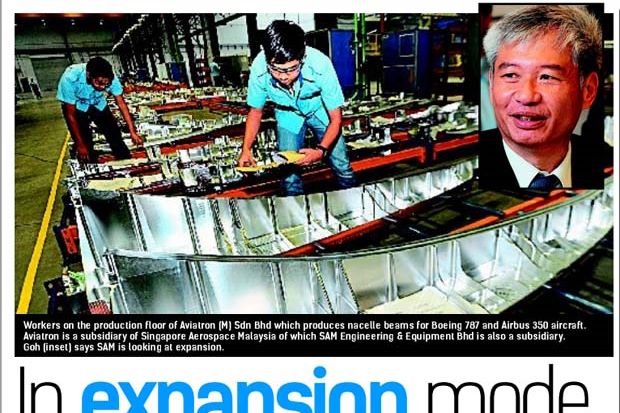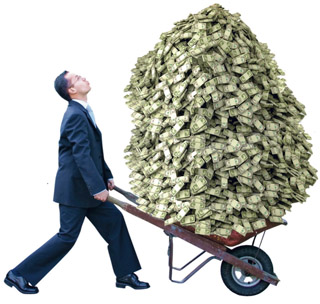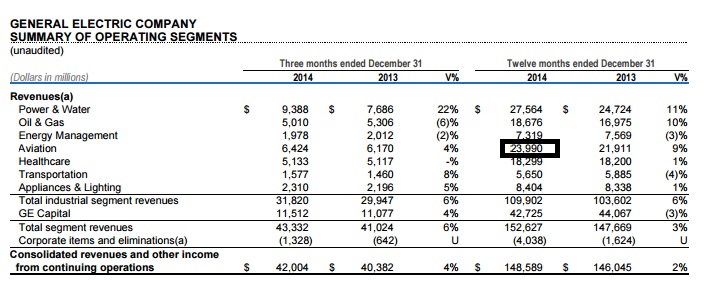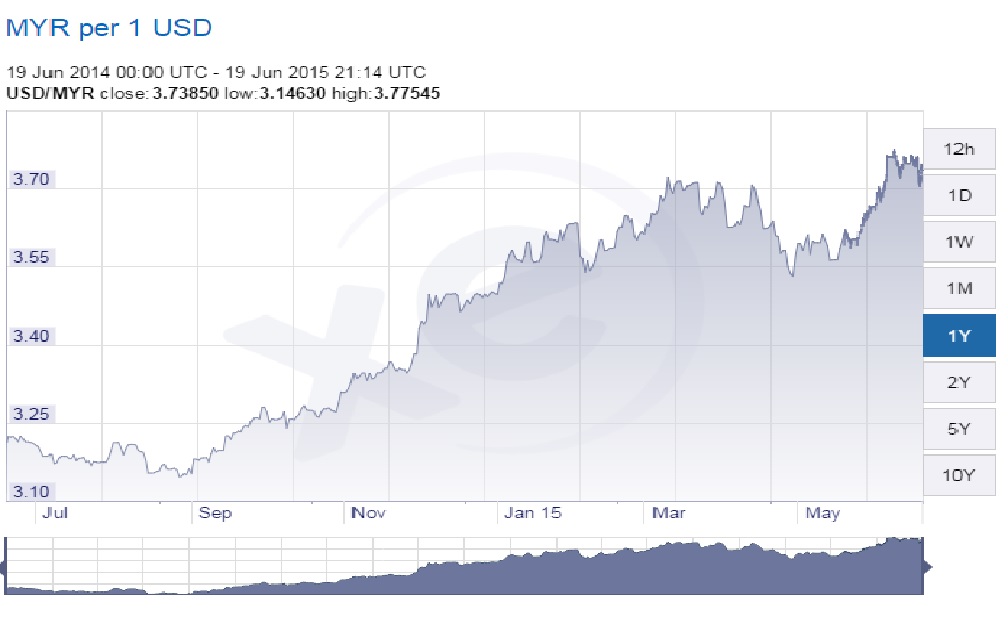TGUAN.
It is another stock that will benefit from strengthening of USD! Why is the strengthening of USD is so much of hot topic nowadays? Needless to say, the impending interest hike by FED definitely will cause the further raise and strengthening of USD. Same go to the further slumping of Crude Oil Price due to OPEC's decision not to slow down its petroleum production! The technique is ... buy when everyone is fearful!
Next Question is how is the future growth of this company?
(let's take a look at the fact! )Taken from the latest quarter result:
Industry Trends & Development
The Ringgit’s depreciation had definitely improved the industry’s export competitiveness. Lower oil prices since October 2014 has allowed the industry to enjoy a period of lower material cost, low energy and production costs, which in turn, will boost gross margin for plastic products. Low oil price will also encourage consumer spending worldwide and cause product demand to increase. However, as average selling price is expected to drop in tandem with low material cost coupled with the down gauging trend, the Group has stressed on the need to secure more orders in order to meet internal revenue target in absolute term.
The manufacturing sector grew at a higher rate of 6.2% (2013: 3.5%), attributable to stronger performance of the export-oriented industries and expansion in the domestic-oriented industries. The total turnover of the Malaysian Plastic industry increased by 7.97% to RM 19.37 billion in 2014 (2013: RM 17.94 billion). Export of plastic products increased by 11.5% in 2014 to RM11.94 billion from RM10.71 billion in 2013 representing 62% of total turnover. Total export of plastic bags increased by 8.1% to RM3.99 billion while total export of plastic films and sheets increased by 17.7% to RM4.58 billion. Total export of plastic packaging materials increased in tandem with the recovery of the economies in Europe and USA.
The Ringgit’s depreciation had definitely improved the industry’s export competitiveness. Lower oil prices since October 2014 has allowed the industry to enjoy a period of lower material cost, low energy and production costs, which in turn, will boost gross margin for plastic products. Low oil price will also encourage consumer spending worldwide and cause product demand to increase. However, as average selling price is expected to drop in tandem with low material cost coupled with the down gauging trend, the Group has stressed on the need to secure more orders in order to meet internal revenue target in absolute term.
The manufacturing sector grew at a higher rate of 6.2% (2013: 3.5%), attributable to stronger performance of the export-oriented industries and expansion in the domestic-oriented industries. The total turnover of the Malaysian Plastic industry increased by 7.97% to RM 19.37 billion in 2014 (2013: RM 17.94 billion). Export of plastic products increased by 11.5% in 2014 to RM11.94 billion from RM10.71 billion in 2013 representing 62% of total turnover. Total export of plastic bags increased by 8.1% to RM3.99 billion while total export of plastic films and sheets increased by 17.7% to RM4.58 billion. Total export of plastic packaging materials increased in tandem with the recovery of the economies in Europe and USA.
Prospects
In 2014, the Group completed its first phase of capital investment into high technology with the successful installation of the unique thin stretch film machines with in-line pre-stretching capability and edge folding. The machine will enable the production of down-gauged thin film which will reduce the usage of plastic materials and in turn are cost effective without compromising on film properties and strength. The 2 additional new machines to produce PVC food wrap have increased production capacity to 720 metric tons monthly and the Group expects significant contributions from these lines in 2015. The Group’s capital investment plan continues in 2015 with the installation of the 33-layer nano-technology stretch film line and a state of the art blown film line as well as additional PVC and other machines.
In line with its vision to be the leader in technological advancements in Asia Pacific and the aspiration of the nation to be a developed economy by 2020, the Group has set up a research and development centre, the first of its kind in Asia Pacific to accelerate product development and innovation. The R&D centre, expected to be fully operational by end 2015 will contribute to bring up the group’s products to a higher value proposition by ensuring “right gaughing” for its films to optimise resource utilisation resulting in cost savings for its customers and at the same time guaranteeing load stability and safety. It is also part of the Group’s corporate social responsibility initiatives to support the authorities in coming up with standards for road safety. Key focus of the R&D centre includes development of cargo load stability and safety solutions, research and innovation into plastic films composition and mechanical properties improvement, developments of safety standards to support the national plans for road safety and logistics, educational and training initiatives and a platform for researchers and industry to share and roll out ideas for the betterment of society.
The Group believes that these investments will help to differentiate its products and services to its target customers and move it further up the value chain to achieve better profit margin and in time, contribute positively to its growth and profitability.
* Please take note that Neo Choo Ee & Co is one of the MAJOR shareholder as well.
So, What say you?
In 2014, the Group completed its first phase of capital investment into high technology with the successful installation of the unique thin stretch film machines with in-line pre-stretching capability and edge folding. The machine will enable the production of down-gauged thin film which will reduce the usage of plastic materials and in turn are cost effective without compromising on film properties and strength. The 2 additional new machines to produce PVC food wrap have increased production capacity to 720 metric tons monthly and the Group expects significant contributions from these lines in 2015. The Group’s capital investment plan continues in 2015 with the installation of the 33-layer nano-technology stretch film line and a state of the art blown film line as well as additional PVC and other machines.
In line with its vision to be the leader in technological advancements in Asia Pacific and the aspiration of the nation to be a developed economy by 2020, the Group has set up a research and development centre, the first of its kind in Asia Pacific to accelerate product development and innovation. The R&D centre, expected to be fully operational by end 2015 will contribute to bring up the group’s products to a higher value proposition by ensuring “right gaughing” for its films to optimise resource utilisation resulting in cost savings for its customers and at the same time guaranteeing load stability and safety. It is also part of the Group’s corporate social responsibility initiatives to support the authorities in coming up with standards for road safety. Key focus of the R&D centre includes development of cargo load stability and safety solutions, research and innovation into plastic films composition and mechanical properties improvement, developments of safety standards to support the national plans for road safety and logistics, educational and training initiatives and a platform for researchers and industry to share and roll out ideas for the betterment of society.
The Group believes that these investments will help to differentiate its products and services to its target customers and move it further up the value chain to achieve better profit margin and in time, contribute positively to its growth and profitability.
* Please take note that Neo Choo Ee & Co is one of the MAJOR shareholder as well.
So, What say you?


























